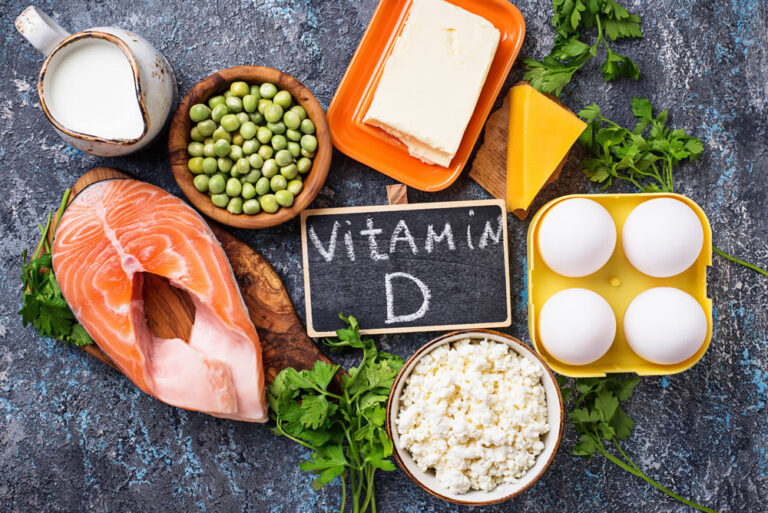Vitamin D, known as the “sunshine vitamin” is an essential anti-inflammatory and immune-boosting vitamin with a variety of important health benefits. Vitamin D can help to activate the germ-fighting power of our immune cells to protect us in the presence of infection, as well as boost mood, keep our muscles healthy, and aid in the absorption of calcium and phosphate, and that helps to keep our bones and teeth strong.
Not getting enough Vitamin D can also leave us with lowered immunity, making us more susceptible to viral and bacterial respiratory infections which in turn can be harder for our bodies to fight without it. In fact, a recent study found that 82.2% of COVID 19 patients were deficient in vitamin D. Moreover, people with a vitamin D deficiency are more likely to suffer from additional health issues like obesity, diabetes, depression, heart problems, weak muscles, brittle bones, rickets (in children), and several kinds of cancer.
Are you getting the right amount of Vitamin D?
According to the national institute of health, exposure to the sun between 10 am to 3 pm twice a week for 5-30 minutes without sunscreen can be enough to generate a healthy amount of vitamin D. But since our body requires sunlight to produce vitamin D it can be quite easy to become deficient, especially in colder climates
Most people obtain adequate vitamin D from the month of late March to the end of September through exposure to sunlight and a balanced diet. But due to current modern lifestyles, spending much of our time indoors can prevent adequate exposure to sunlight and can interfere with and even prevent a healthy amount of vitamin D production in the body.
Certain groups of people are at a greater risk to develop vitamin D deficiency, which includes:
- Older populations.
- People with limited exposure of sunlight
- People in cloudy regions or cold winter climates
- People with dark skin.
- People with obesity.
- People with digestive problems that can cause malabsorption.
- People in quarantine.
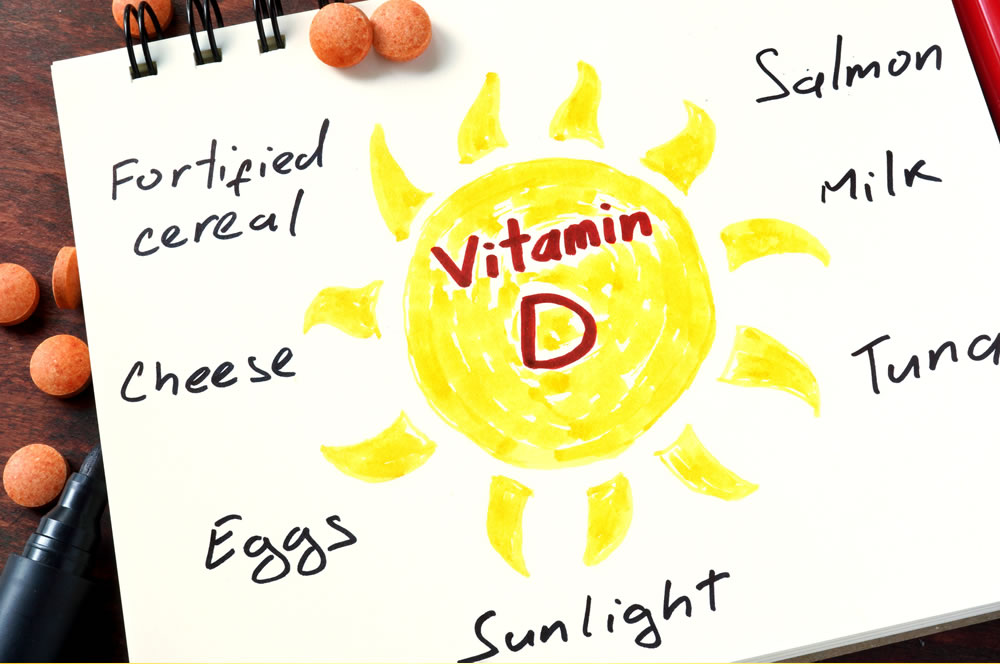
The Best Ways to Get Enough Vitamin D
The best way to get enough vitamin D is through exposure to the sun, however; if your exposure is not enough then try to add food sources that are rich in vitamin D. If you find it difficult to achieve the right level of vitamin D, then dietary supplements are highly recommended.
The Institute of Medicine has verified the Recommended Dietary Allowance (RDA) expressed in International Units or IU. For ages from 1- till 70 years the RDA of vitamin D is 600IU per day, while 800IU per day is recommended for people above 70 years (1). These values can be varied up to 5000 IU per day depending upon health needs.
Food Sources of Vitamin D
An essential fat-soluble vitamin, here is a list of some of the best natural and fortified Vitamin D containing foods. You’ll notice the majority of the foods on this list that contain vitamin D naturally are from animal sources.
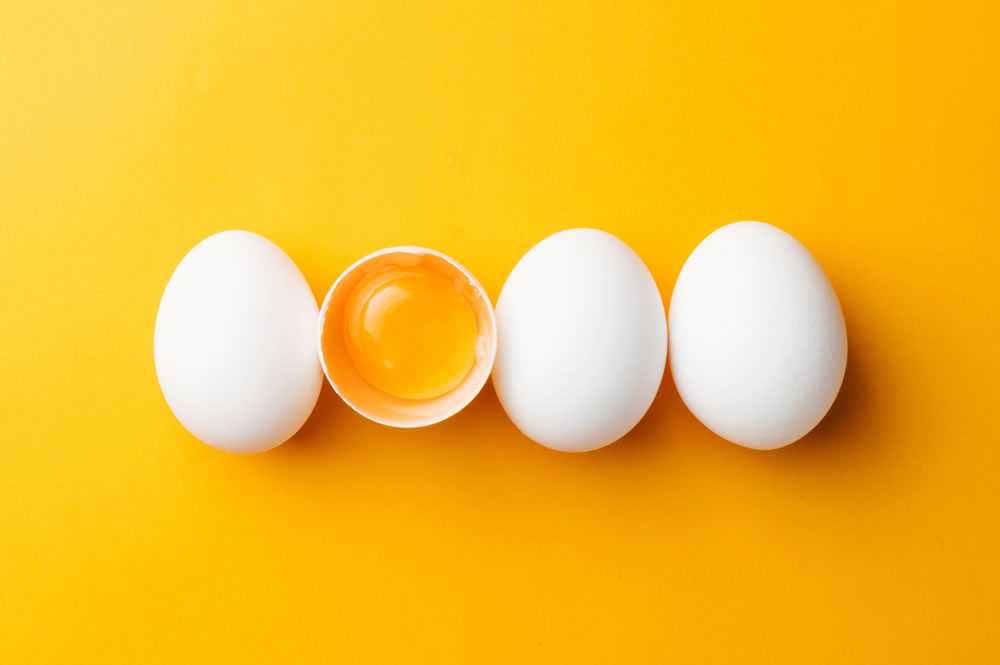
1. Egg yolk
While eggs are a popular food in breakfast, lunch, dinner, and many dessert recipes, most of the vitamin D content in eggs is found in the yolk. So, if you’re going to eat an egg it is important to eat it a whole egg. The amount of vitamin D in egg yolk can depend upon the sun exposure and presence of vitamin D enriched content in the hen’s feed. Commercially raised hen eggs typically contain 37 IU of vitamin D in their yolk. Whereas eggs obtained from hens raised in an outside environment have three to four times greater vitamin D. Cooking time does not have much influence on the vitamin D content of eggs; however, some reports demonstrate eggs boiled for 10 minutes may cause a reduction in vitamin D by 6-11% when compared with raw eggs. But, hang on! Eating eggs alone won’t give you your daily vitamin D requirement. (2)
2. Get your Vitamin D from Mushrooms.
Mushrooms are the only plant-based foods that can provide a high content of vitamin D and make an ideal source of vitamin D for vegans and vegetarians.
When humans are exposed to the rays of the sun, a chemical reaction happens in our skin that turns ergosterol (a precursor of vitamin D) into Vitamin D₂. When mushrooms are exposed to UV light, the same exact reaction occurs resulting in a plant-based form of vitamin D that is bioavailable and can be absorbed by the body just like vitamin D3. And it’s no surprise that mushrooms grown outside and exposed to direct sunlight have a much higher content of vitamin D as compared to indoor-grown. This means the vitamin D2 that you’re getting from mushrooms is exactly the same that you’d get from pharmaceutical supplements in the same form.
Adding a variety of mushrooms to your diet can offer a powerhouse of immune-boosting nutrients and can help to maintain vitamin D levels throughout the winter season.
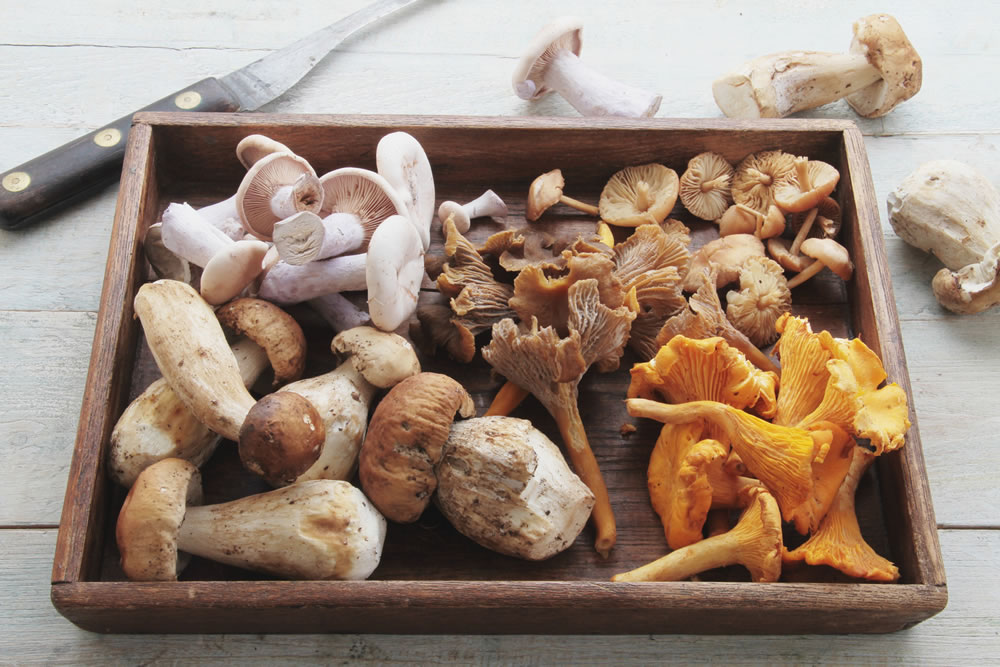
1) Maitake mushrooms are also known as the ‘hen of the woods’, for their feathery appearance are considered a vitamin D bomb. In Japan, maitake is known as the ‘King of Mushrooms’ and is used to treat several ailments with its potential medicinal value.
2) Shiitake mushrooms have great potential for therapeutic applications and have long been used in traditional Chinese medicine with promising health-promoting benefits. They are also used as alternative medicine in Japan, Korea, and Russia. Shiitake mushrooms demonstrated great nutritional value and involved in regulating significant therapeutic functions such as, bone health, immune system, and preventing serious chronic illness for e.g., cancer, and heart diseases (3). They have a delicious meaty taste and can be a great addition to veggie-based dishes.
3) White button mushrooms are incredibly popular worldwide and offer plenty of nutrients. They are high in vitamin D and protein content with low sugar and calories. Due to the presence of bioactive compounds and plenty of other nutrients, it is widely consumed for nutritional and therapeutic purposes such as osteoporosis, anticancer, promoting heart health, and more.
According to the U.S. Department of Agriculture (USDA), 100 grams of raw maitake mushrooms contains 28.1μg/1123 I.U which is 5 times higher than RDA and also exceeds the advisable intake from sunlight and food. On other hand, 100 grams of wild shiitake mushrooms contain up to 18μg/720/I. U, whereas 100 grams of white button mushrooms also holds a massive amount of vitamin D up to 26.2 μg/ 1048I.U.
Organic Vegan Mushroom Vitamin D2 1000IU Supplement (120 Caps)
3. Beef Liver
If you enjoy beef and don’t mind eating organ meats, then beef liver can be a highly beneficial food to consume. The liver is a storage organ with significant health benefits and is an excellent source of vitamin D along with other nutrients, including vitamins A, K, C, and more. A cooked, 3.5 ounce serving of beef liver contains approximately 42 I. U of vitamin D. And consuming a single serving of beef liver can help you to meet your daily recommended amount of all vitamins, minerals, along while lowering the risk of nutritional deficiency. Beef liver also helps in maintaining the skeletal system, reducing the risk of osteoporosis and anemia, and organ meats, in general, hold 10-100 times higher nutrients than corresponding muscle meat.
Beef liver is usually grilled or sautéed and preferred as the main course in many cultures such as South Asian, South American, and Italian cuisines. In fact, you may be surprised to know that certain cultures only eat organ meats, while lean cuts were discarded or perhaps given to dogs.
A popular objection about eating liver is the belief that it stores toxins. While it is true that liver helps detoxify the blood and eliminate toxins from the body, the liver does not store them.
Always remember that it’s more beneficial to eat organ meat from animals that have been farm-raised and pasture-fed than commercially raised with antibiotics, hormones, and low-quality feed. Pasture-raised animals contain much higher nutrients than animals from commercial feedlots.
Note: Since liver has a potent amount of nutrients per serving, you may want to consult your doctor before adding a significant amount of liver to your diet.
If you’d like the nutrients that liver can offer in your diet, but really don’t like the taste, desiccated liver supplements are a great option.
4. Cheese
Who doesn’t love cheese? While you might be surprised to know that most cheeses contain a low amount of vitamin D, cheese obtained from fortified milk of farm-raised animals provides a much higher content of vitamin D and other nutrients overall. While all cheese should be consumed in moderation, it may help to protect your bones, teeth, and cardiac health.
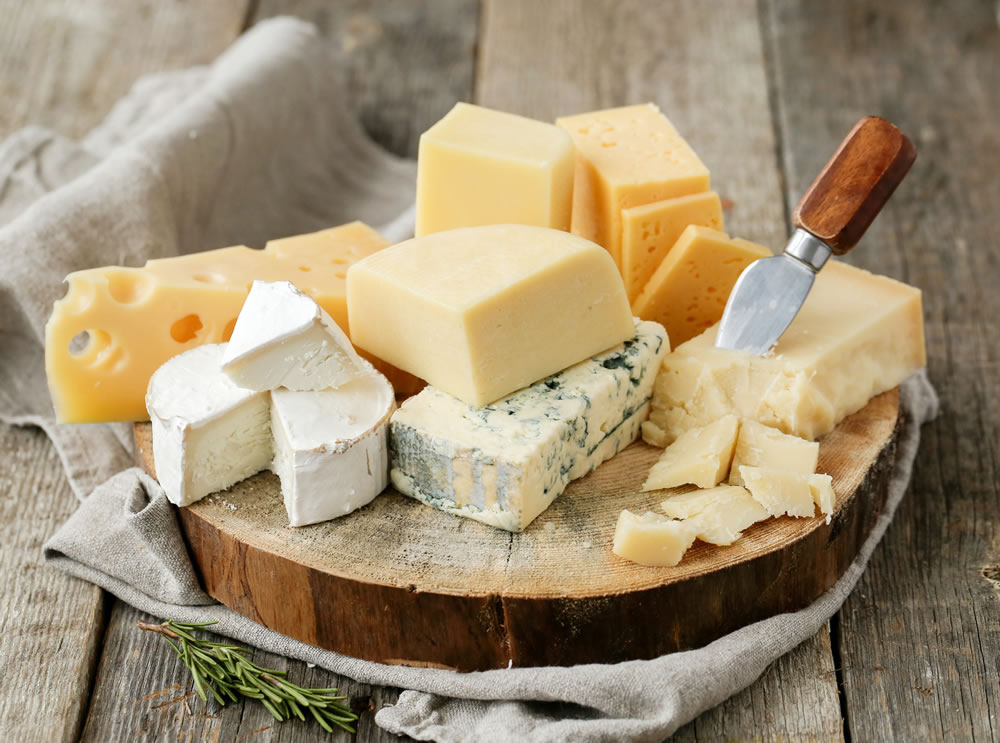
Cheese also contains vitamin K and calcium which work together with vitamin D to increase absorption and regulate bone function. The content of vitamin D in cheese depends upon the type of cheese consumed. For example, American cheese holds 259 I.U per serving, while mozzarella contains 16 I.U per serving.
There are so many delicious cheeses and cheese-based recipes from around the world to enjoy, but Queso Fresco, Cheddar, Muenster, and Fontina cheese all make excellent choices for a little boost of vitamin D into your diet Cooking time may also influence the nutritional content of cheese. When you pasteurize dairy with intense heat, several beneficial effects are significantly reduced.
5. Orange juice
Orange juice is one of the most popular beverages in the world. Regular consumption of fresh orange juice provides a wealth of vitamin C and potassium. However, orange juice does not contain vitamin D naturally. Therefore, orange juice is fortified with vitamin D and calcium to obtain the daily recommended content to help people meet their daily needs. According to USDA, one cup of fortified orange juice contains up to 100 I. U of vitamin D.
With nearly 75% of the global population experiencing lactose intolerance, and 2-3% with a milk allergy (Silanikove, Leitner, & Merin, 2015), fortified orange juice can be a great option to get additional vitamin D. Look for products with little to no added sugar to get the most benefits.
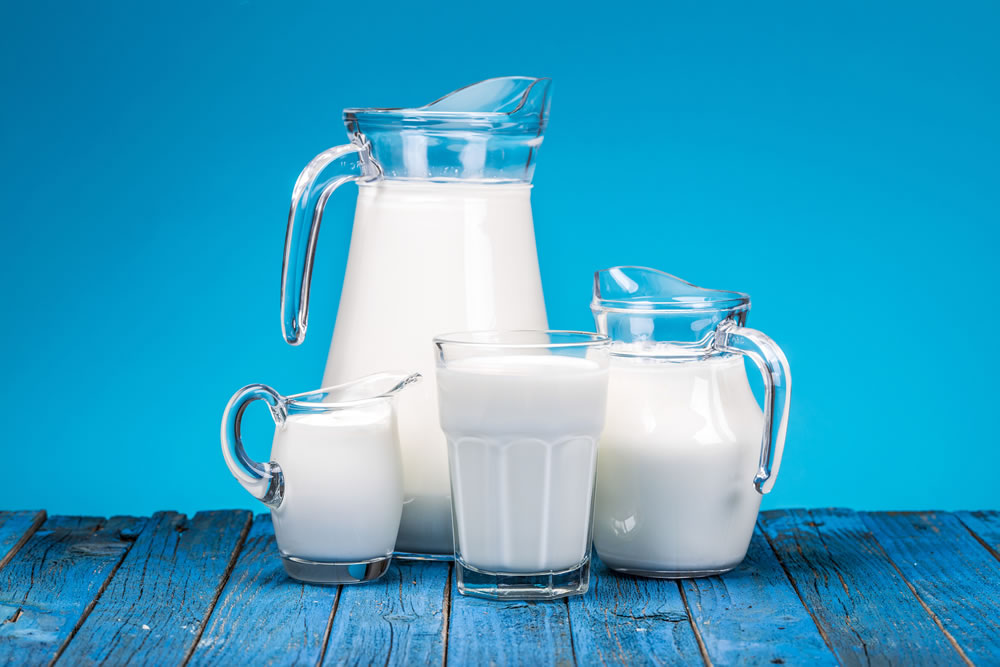
6. Cow’s Milk
Milk is a leading food source that offers valuable nutrients that help support a growing body. While rich in calcium, milk does not contain much vitamin D naturally. So why is it on this list? To help boost the nation’s vitamin D content, the Food and Drug Administration (FDA) permits manufacturers to include 84 I.U/3.5 ounces of vitamin D3 into cow’s milk and vitamin D2 in plant-based milk products. Together both calcium and vitamin D are important nutrients that can help to strengthen our bones and keep them healthy.
Today almost every pasteurized cow’s milk and various even brands of plant-based milk contain added vitamin D. The fortification of foods and beverages with vitamin D has proven to be a convenient and effective way to increase the intake of vitamin D of large populations. While it’s a tasty and convenient way to meet your needs, drinking milk alone may not be enough entirely to get all the vitamin D you need.
7. Soy Milk
Getting adequate amounts of vitamin D from your diet can be difficult if you are not a milk drinker. Soymilk which is extracted from soybeans is a plant-based, non-dairy beverage and a great milk alternative. Most often, soy milk is fortified with vitamin D and calcium which makes it a good option for substituting cow’s milk, particularly for vegetarians and vegans. One cup of soy milk provides about 32 I. U of vitamin D, but this amount can vary from brand to brand. People with lactose intolerance can experience a variety of uncomfortable gastrointestinal complications, thus are recommended to drink soy milk to avoid nutritional deficiencies. Soy milk may also help to improve lipid profile, weight loss, and prevent prostate cancer.
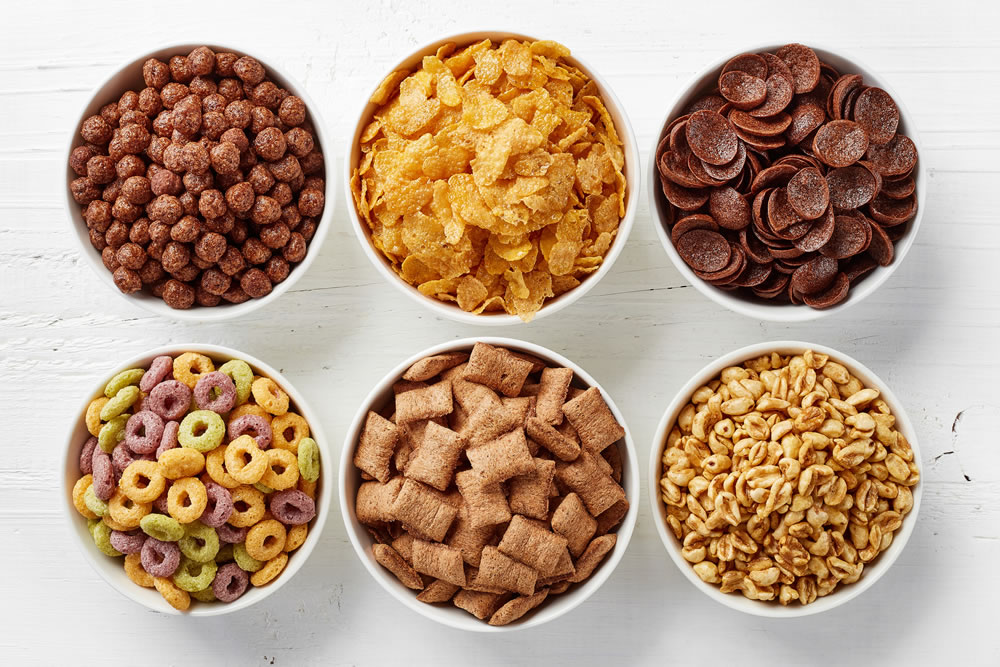
8. Cereal and Instant Oatmeal
Many kinds of cereal and instant oatmeal products are fortified with vitamin D to meet our daily nutritional requirements. Although these generally possess less vitamin D than natural sources, they can be a good way to improve your nutritional intake. 78 grams of fortified cereal can provide anywhere from 54 to 136 I. U of vitamin D.
Mostly eaten at breakfast, a bowl of cereal or oatmeal with milk and a glass of orange juice will provide half of your recommended daily allowance of vitamin D before lunch.
9. Cod Liver Oil
Cod liver oil is a dietary supplement derived from the liver of Atlantic cod and in the 1930s, it was frequently used to prevent vitamin D deficiency in children. While the amount of omega 3-fatty acid in cod liver oil is less significant than in other fishes, it contains a relatively high concentration of vitamin A and is an amazing source of vitamin D. The specific concentration of vitamin D and other nutrients vary in cod liver oil depending upon the species of cod, but on average 1 tablespoon of cod liver oil can provide a whopping 1,360 IU’s of vitamin D.
Carlson Wild Norwegian Cod Liver Oil | Arctic | Sustainably Sourced | Lemon
Cod Liver Oil on its own can have an unpleasant taste and for some may cause fishy burps. Luckily today many brands of Cod Liver Oil are offered in a much more pleasing soft gel formulation and come in various flavors such as lemon, orange, or mint to remove the fishy odor.
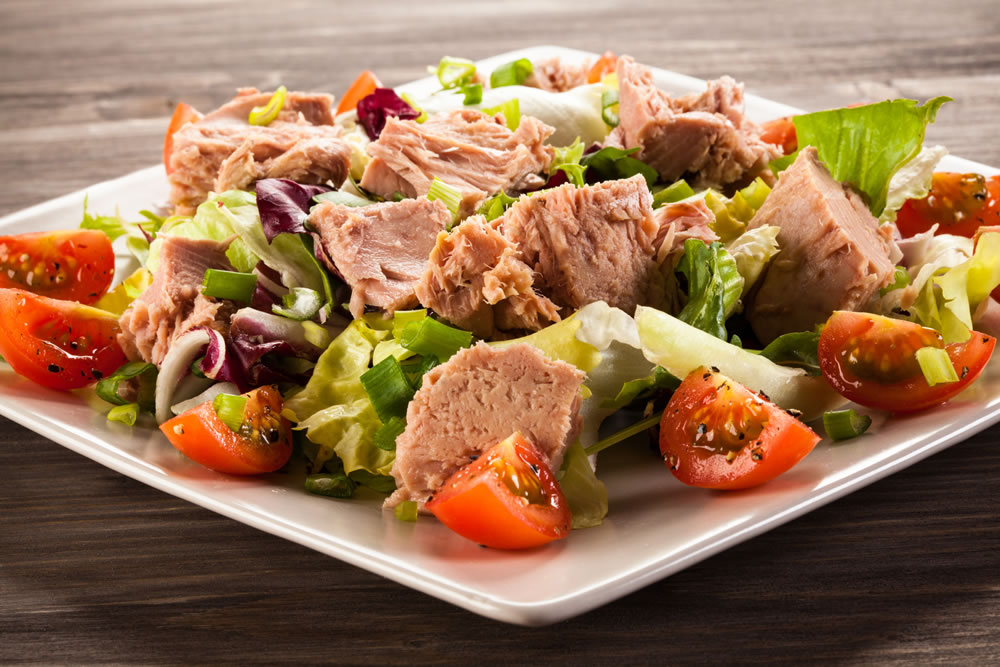 10. Canned Tuna
10. Canned Tuna
Fish is a healthy source of dietary protein and vitamins, relatively low in cholesterol and high in omega-3-fatty acids. While eating fresh fish regularly can get expensive, eating canned tuna can be an economical way to get your vitamin D through fish. It is estimated that 3 ounces of canned tuna provide approximately 268 I.U of vitamin D. It is also a great source of niacin and vitamin K.
There are increasing concerns regarding the toxic levels of methylmercury found in tuna. These toxic levels can interfere with the development of the brain, disrupt body functions on a molecular level, and may affect the neurobehavioral development in children if consumed by pregnant women.
There is plenty of data and recommendations for the mercury levels present in wild fish. Light tuna is comparatively less risky and better to eat than white tuna. Furthermore, when you consume fish in moderate amounts it can also reduce the chances of suffering mercury toxicity. It is generally safe to eat up to 6 ounces of tuna per week (Burger & Gochfeld, 2004).
Wild Planet Skipjack Wild Tuna | No Salt Added | 3rd Party Mercury Tested | 5 Ounce
11. Sardines
A tiny and cost-effective fish you can easily find canned, and named after the island of Sardinia in Italy where they are abundant, sardines are an excellent source of vitamin D which can provide approximately 165 I.U’s of vitamin D in a 3-ounce (85 g) serving. These protein-packed little fish with 12 grams of protein in only 4 sardines are also loaded with additional health benefits including omega-3 fatty acids, iodine, selenium, phosphorus, and vitamin B12. High in calcium, sardines even make a good choice for those who suffer lactose intolerance or are allergic to dairy products. They’re helpful during pregnancy too as a great source of nutrients needed for fetal development.
Sardines are also one of the safest and most sustainable types of fish to eat. With a diet of only plankton, sardines have some of the lowest levels of mercury, unlike those found in other wild-caught fish varieties like tuna and swordfish.
King Oscar Sardines Extra Virgin Olive Oil, 3.75-Ounce Cans (Pack of 12)
And there are more ways to use them than you think. Try them drizzled with lemon and olive on crackers, added to salads, grilled, fried, or on a pizza. They’re tastier than you think!
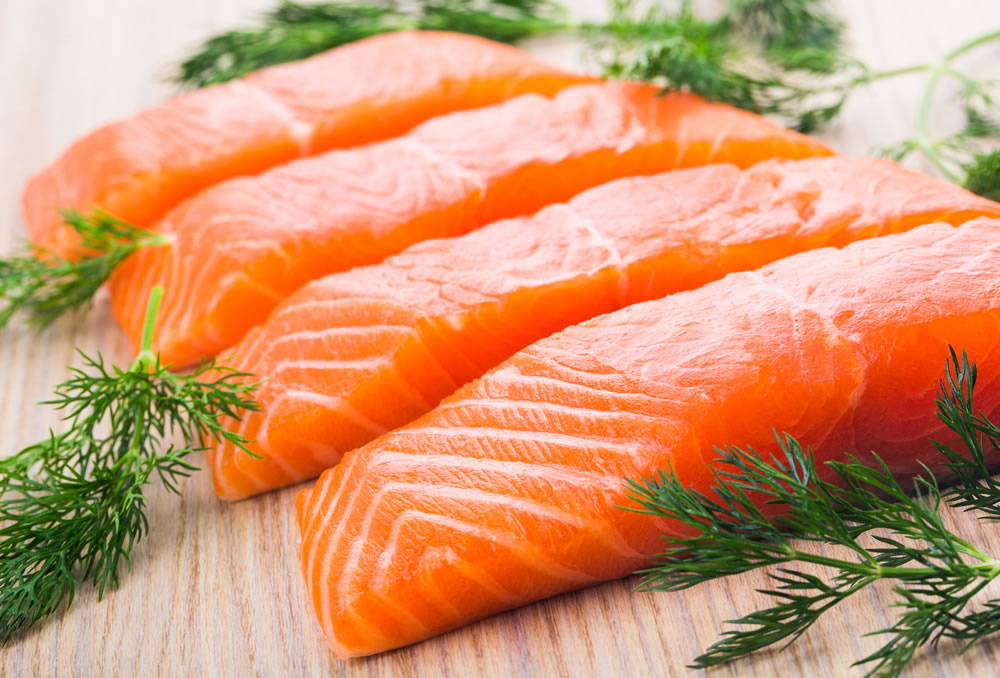 12. Salmon
12. Salmon
With its versatility, delightful taste, and texture, salmon is an anti-inflammatory superfood with an array of bone boosting and heart-healthy nutrients like omega-3 fatty acids. Salmon is also a rich source of vitamin D. The daily requirement of vitamin D for an adult is 600 I.U. According to the USDA, 3.5 ounces of farmed salmon contains just under that at about 526 I.U’s of vitamin D, though some research studies reported levels as high as 1300 I.U per serving (Lu et al., 2007).
13. Yogurt
If you don’t enjoy eating fish but would like to get your vitamin D from additional food sources, you should eat more yogurt. While the total amounts can vary, 6 ounces of yogurt made from fortified milk contains approximately 80 IU of vitamin D and can provide about 10-20% of your daily recommended intake. With a variety of additional health benefits, yogurt is also rich in calcium, high in protein, and can be a great way to get your daily dose of immune-boosting and gut-friendly probiotics.
For a convenient and healthy snack, opt for plain yogurt and top with a little fresh fruit and/or nuts, as pre-flavored varieties can contain high amounts of added sugar.
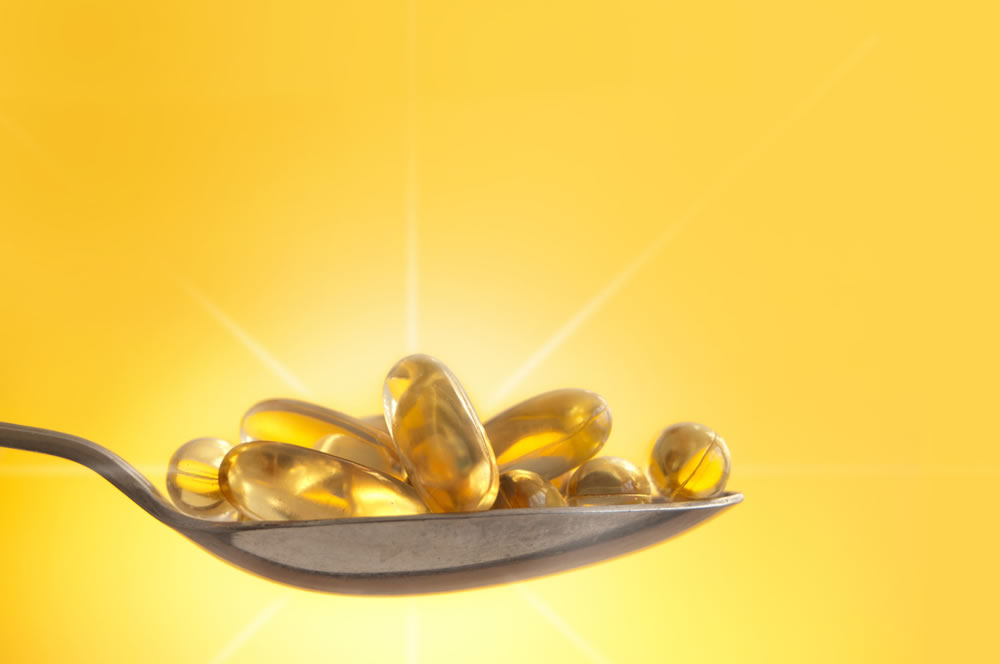 Final Notes
Final Notes
While adding these foods to your diet can be a great way to add vitamin D to your diet, it can be extremely difficult to get all the Vitamin D you need from diet alone on a daily basis. That’s why supplementing daily with anywhere 1,000 to 4,000 IUs of Vitamin D per day is recommended by health experts to help you get what you need to stay healthy. Be sure to consult your doctor or a medical professional before having your vitamin D levels checked to determine what dosage may be right for you, or if you need a higher therapeutic dose to bring low vitamin D levels back within the normal range.
References
Burger, J., & Gochfeld, M. (2004). Mercury in canned tuna: white versus light and temporal variation. Environmental research, 96(3), 239-249.
Finimundy, T. C., Dillon, A. J. P., Henriques, J. A. P., & Ely, M. R. (2014). A review on general nutritional compounds and pharmacological properties of the Lentinula edodes mushroom. Food and Nutrition Sciences, 2014.
Gennari, C. (2001). Calcium and vitamin D nutrition and bone disease of the elderly. Public health nutrition, 4(2b), 547-559.
Kühn, J., Schutkowski, A., Kluge, H., Hirche, F., & Stangl, G. I. (2014). Free-range farming: a natural alternative to produce vitamin D-enriched eggs. Nutrition, 30(4), 481-484.
Lu, Z., Chen, T., Zhang, A., Persons, K., Kohn, N., Berkowitz, R., . . . Holick, M. (2007). An evaluation of the vitamin D3 content in fish: Is the vitamin D content adequate to satisfy the dietary requirement for vitamin D? The Journal of steroid biochemistry and molecular biology, 103(3-5), 642-644.
Silanikove, N., Leitner, G., & Merin, U. (2015). The interrelationships between lactose intolerance and the modern dairy industry: global perspectives in evolutional and historical backgrounds. Nutrients, 7(9), 7312-7331.
Better Living uses affiliate links. If you make a purchase through them, we may receive a small commission (for which we are deeply grateful) at no cost to you.

